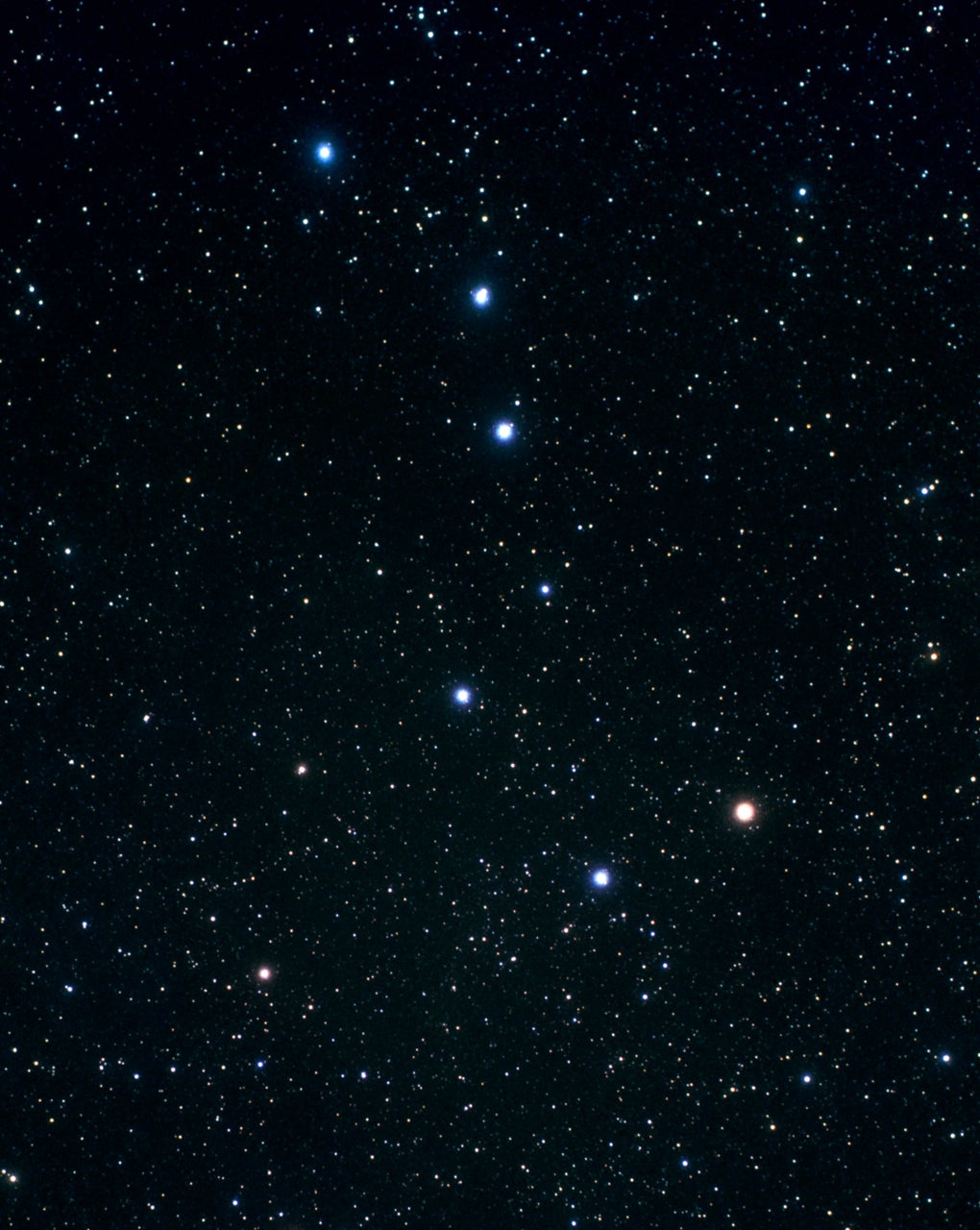
The seven brightest stars in the constellation Ursa Major comprise one of the brightest and most recognized star patterns in the night sky: the Big Dipper or Plough. The five stars between (but excluding) Dubhe in the Big Dipper’s bowl and the tip of its handle (Alkaid) mark the core of the Ursa Major Moving Group — the closest gathering of stars to Earth that share a common origin.
Lying 80 light-years away, the group also contains nine fainter members. A wider stream of roughly 46 associates are spread across the sky. These include the binary star Menkalinan in Auriga as well as Adhafera in Leo. Gravity from passing clouds of dust and gas have been slowly ripping this family apart like fizz from a seltzer tablet in water.
One gem among them is the second star from the end of the Big Dipper’s handle (Mizar), which is a celebrated optical double. Early Arabian skywatchers considered seeing Mizar’s 4th-magnitude companion Alcor a test of visual acuity. In 2008, George M. Bohigian of Washington University School of Medicine in St. Louis, Missouri, reported in Survey of Ophthalmology that this ancient test is approximately equivalent to the modern metric of 20/20 vision.









